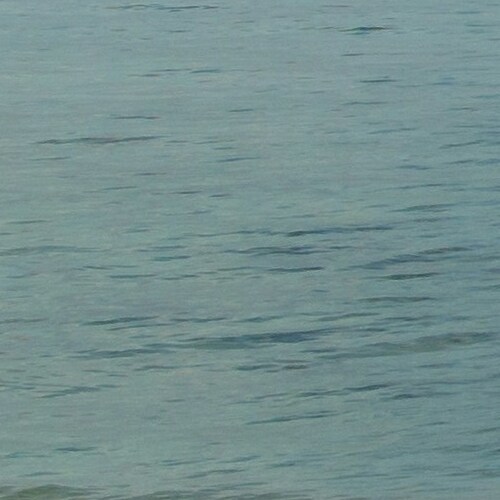No other nation in the world says ‘Welcome’ as often as the Egyptians, and every time, they mean it. While the ancient civilization of Egypt continues to amaze, contemporary Egyptians are equally remarkable.
Unique experiences
Only In Marsa Alam
Understanding the Dugong The dugong, often whimsically referred to as the “sea cow,” is a sizable marine mammal known for its seagrass diet. Inhabiting parts of the Red Sea, Persian Gulf, and the Indian and Pacific Oceans, dugongs share similarities with manatees, though the latter are also found in freshwater river estuaries.
A Declining Global Population Globally, dugong numbers are dwindling, with complete disappearance noted in regions like Cambodia, Hong Kong, Japan, Mauritius, the Philippines, and Japan.
Marsa Alam: A Haven for Dugongs Marsa Alam holds a special place for dugong conservation. Most Red Sea sightings occur off Abu Dabbab’s coast, about 30 kilometers north of Marsa Alam. The lagoon’s abundant seagrass makes it an ideal habitat for these creatures.
Local Population Estimates The Marsa Alam-El Quseir coastline, spanning 100 kilometers, is home to approximately seven known dugongs, though actual numbers might be higher. Abu Dabbab remains the prime location for sightings.
Red Sea Dugong Population In the 1980s, the Red Sea was home to an estimated 4,000 dugongs, a number that has likely decreased since then.
Dugong Lifespan Dugongs live for about fifty years on average, with the oldest recorded dugong reaching 73 years.
Endangered Status Since 1990, dugongs have been listed as vulnerable to extinction on the IUCN’s Red List.
Threats to Marsa Alam’s Dugongs Local dugong populations face threats from hotel pollution, fishing nets, and accidental harm by tourists. Their shallow water habitat and lack of fear of humans also make them easy targets for hunters.
Conservation Efforts Strict measures at Abu Dabbab include banning boats within the bay and removing overnight moorings. The seagrass areas are off-limits to divers and snorkelers, and rangers enforce environmental regulations.
Dugong Diving Behavior Dugongs can stay underwater for up to six minutes but typically surface every one to three minutes. Their relatively short dive duration compared to whales and dolphins makes them more vulnerable.
Reproductive Rate Dugongs mature sexually at around nine years old, with a thirteen-month gestation period, usually resulting in a single calf. This slow reproduction rate means even under ideal conditions, population growth is limited.
Dietary Habits Primarily feeding on seagrass, dugongs consume the entire plant, including roots, favoring areas with sparse grass. They need to eat up to 30kg daily due to the low nutritional value of seagrass.
Physical Characteristics Adult dugongs weigh between 230 and 500kg and measure 2.4 to 3 meters in length, with a brain weighing just 300g.
Predation Sharks typically target young dugongs. However, human-induced threats like pollution and hunting pose a greater danger to their survival.
Swimming Speed Dugongs swim at an average speed of 10 km/h, reaching up to 22 km/h.
Adopt a Dugong The World Wildlife Fund offers dugong adoption programs. For more information, visit WorldWildlife.org.
Fascinating Fact Dugongs are believed to be the inspiration for ancient mariners’ mermaid tales and are closely related to elephants.
In Marsa Alam, the elusive dugong adds a layer of enchantment to the area’s rich marine ecosystem, presenting a unique opportunity for wildlife enthusiasts to witness these gentle giants in their natural habitat.
Created On 18 March, 2020
Updated On 23 Sept , 2024
MARSA ALAM Travel Guide



